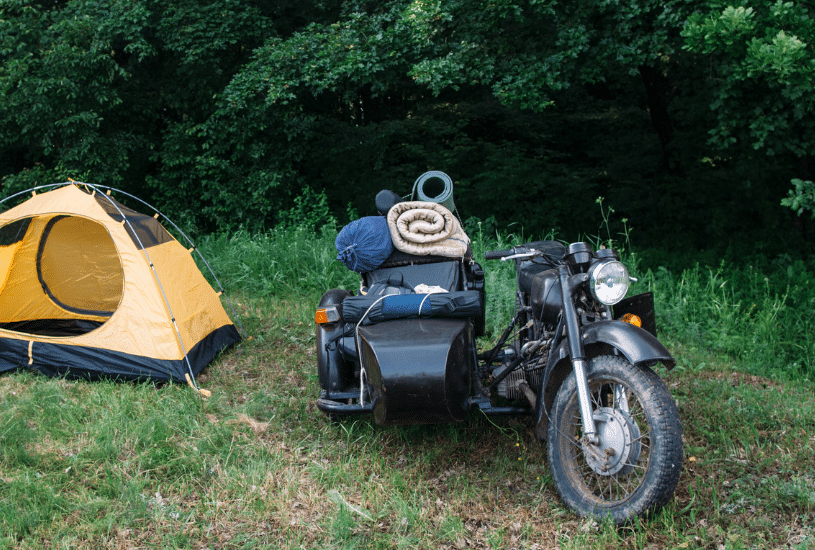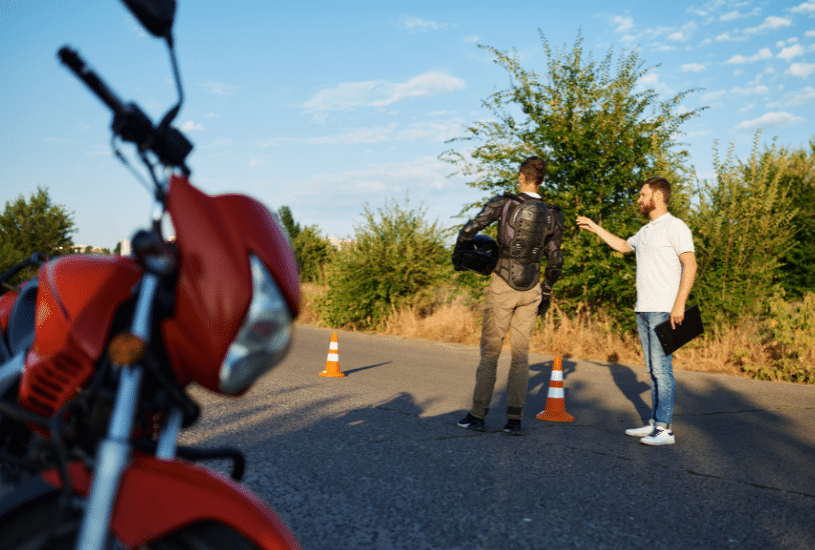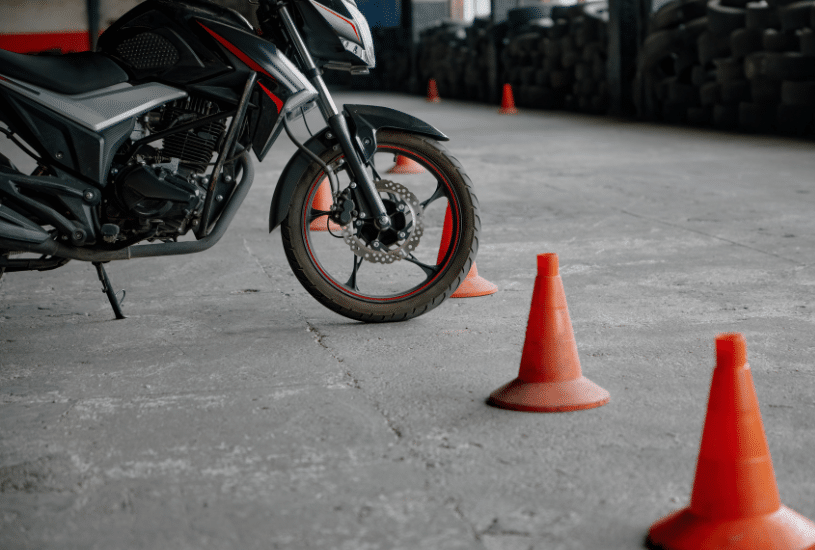Going on a motorcycle trip requires more extensive planning than a road trip by car. As a biker, you have a higher exposure to the elements and limited luggage capacity. You are also more susceptible to fatigue, body aches, and general discomfort.
That said, taking the open road on your motorcycle can be an exciting and memorable experience, and going through the trouble of planning your road trip will be worth your while. Ideally, it would help if you started planning several months before your trip to have enough time to foresee and address potential issues.
This article discusses the most critical steps you need to take when planning an unforgettable motorcycle road trip.
Prepare for All Types of Weather
Don’t expect weather conditions to remain consistent throughout your bike trip. While on the road, you might encounter heavy rain, high wind, and extreme heat or cold. Your clothing is your first line of protection against the sun’s UV rays and other elements, and you need to take the proper items with you on your trip.
Layering your clothing will make it easier for you to maintain a comfortable body temperature as you can easily dress up or down on the road. Clothing to consider includes a heated riding suit and a cooling neck wrap. Stick to clothing that is abrasion-resistant or that has built-in armor.
You also need to protect your belongings, including your motorcycle, against harsh weather. Use zip-top bags to keep your electronics and undergarments dry. A motorcycle cover will protect your bike during overnight stops.
Service Your Motorcycle
Servicing your motorcycle and doing a safety check before going on your trip will help keep you safe on the road and prevent a breakdown, stranding you in a remote location. You should only take a road trip on a motorcycle that receives a complete service every 600 miles. If your road trip pushes the motorcycle over this milestone, you need to service it beforehand.
Complete service and safety check include a thorough inspection of the:
● Throttle and clutch
● Drive chain and sprocket
● Brake pads, calipers, or discs
● Battery
● Wheel and steering head bearings
● Suspension
● Exhaust
You also need to check the coolant, brake, and clutch fluid and change the oil and filters. Your safety inspection should also include a tire and lights check.
Many motorcycle riders are comfortable servicing their bikes themselves. However, if you don’t have experience changing spark plugs and filters, take your motorcycle to an accredited service center.
Assemble a Toolkit and First Aid Kit
While on the road, you might encounter medical or mechanical emergencies. Before leaving, ensure that you have all the tools to carry out roadside repairs.
Your tools should be compatible with your bike in terms of imperial and metric measurements. Find out if your bike’s manufacturer has pre-assembled toolkits available. Other gear you might need includes a tire repair kit with pressure gauge, zip ties, and bungee cords.
You also need to take a first aid kit to treat any minor injuries you or your co-riders might sustain. You can buy complete kits online, but ensure that they contain plasters, gauze dressings, safety pins, sterile gloves, and tweezers.
Get Protective Gear
While riding, you need sufficient protection for your eyes, ears, hands, and feet. Wearing sunglasses or eye goggles is an effective way to protect your eyes against airborne debris, especially if your helmet doesn’t cover your face.
Carry eye drops with you to prevent eye irritation from dust. Buy motorcycle-specific hearing protectors to reduce wind noise and protect your ears.
The hand and feet protection you need depends on the weather conditions you expect. Take an extra pair of waterproof gloves with you to keep your hands warm while riding in cold weather.
Your riding boots should be comfortable and of decent quality. Rain gaiters or overboots will also protect your feet sufficiently.
Plan Your Motorcycle Route
Whether you’re riding the Blue Ridge Parkway, Beartooth Pass, or any other popular motorcycle route, make sure you know the region well. Using online interactive maps, such as Google Maps (or Gaia GPS for off-roading), is an effective way to learn all aspects of the route, including elevation changes, road conditions, and landmarks, such as a tunnel of trees or buildings.
Plan the route you want to take in advance and learn it by heart, even if you have a GPS. Thorough route planning takes the stress out of your journey, and you won’t have to consult your navigation system at every turn-off. Knowing what lies ahead will also allow you to make good time or find alternative routes if you encounter road closures or road works.
Do Thorough Baggage Planning
Most motorcycles have limited baggage space, so you need to do extensive planning to ensure that you can take everything you’ll need on your journey. Also, as your motorcycle rides through rough terrain, you don’t want bags and other items bouncing around. Nets and bungee cords are your best friends if you want to secure luggage to your bike.
Contact Us at Law Tigers for Legal Assistance in Case of an Accident
After a motorcycle accident, you need to follow the proper steps to pursue compensation for damages that another road user’s negligence caused. At Law Tigers Motorcycle Lawyers, we can help you navigate the claims process and provide you with legal representation after a motorcycle accident. Call us today at 1-800-529-8443 to schedule a consultation with a motorcycle attorney near you, anywhere in the U.S.



